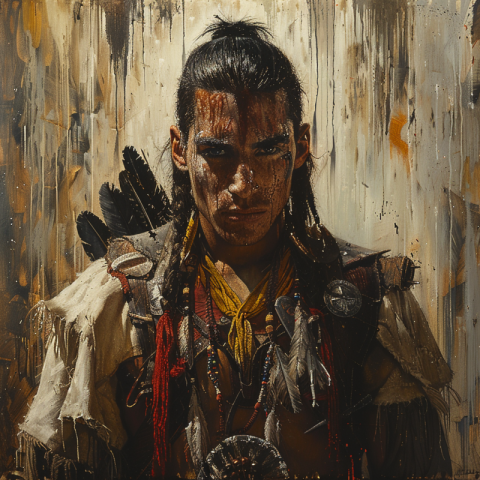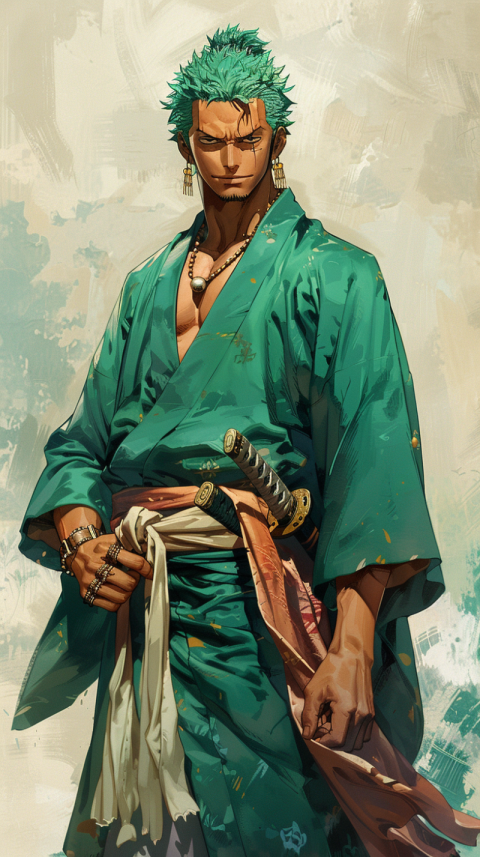











Samurai: The Way of the Warrior - Bushido's Code
The Samurai, a class of noble warriors, have become synonymous with the image of feudal Japan. Their swordsmanship, unwavering loyalty, and strict code of conduct, known as Bushido, have captivated people for centuries. This exploration will delve into the history, culture, and enduring legacy of the Samurai.
The Rise of the Samurai
The Samurai class emerged during the Heian period (794-1185) as provincial landowners began to hire warriors for protection. These warriors gradually gained power and influence, eventually evolving into a distinct military aristocracy. The term "Samurai" itself means "those who serve," reflecting their initial role as servants to the nobility.
The Kamakura Shogunate and the Bushido Code
The establishment of the Kamakura Shogunate (1185-1333) marked the beginning of Samurai dominance in Japanese society. During this period, the Bushido code, the "Way of the Warrior," began to take shape. Although not a formal, written code, Bushido emphasized virtues such as:
- Rectitude (Gi): Moral uprightness and the ability to make just decisions.
- Courage (Yu): Bravery in the face of danger and adversity.
- Benevolence (Jin): Compassion and empathy towards others.
- Respect (Rei): Proper etiquette and deference to superiors.
- Honesty (Makoto): Truthfulness and sincerity in word and deed.
- Honor (Meiyo): Maintaining one's reputation and dignity.
- Loyalty (Chugi): Unwavering allegiance to one's lord.
The Sengoku Period: The Age of Warring States
The Sengoku period (1467-1603) was a time of intense civil war in Japan, with powerful Samurai lords, known as Daimyo, vying for control. This era saw the rise of legendary Samurai figures like Oda Nobunaga, Toyotomi Hideyoshi, and Tokugawa Ieyasu, who eventually unified the country.
The Tokugawa Shogunate and the Edo Period
The establishment of the Tokugawa Shogunate (1603-1868) ushered in the Edo period, a time of relative peace and stability. The Samurai class was formalized into a rigid social hierarchy, with strict regulations governing their behavior and lifestyle. With no wars to fight, many Samurai transitioned into bureaucratic roles or pursued artistic endeavors.
The Meiji Restoration and the End of the Samurai
The Meiji Restoration in 1868 marked the end of the feudal system and the Samurai class. The Samurai were stripped of their privileges and their swords were banned. Many former Samurai struggled to adapt to the new modern Japan, while others found success in government, business, and the military.
Samurai Weapons and Armor
The Samurai were renowned for their skill with a variety of weapons, most notably the Katana, a curved, single-edged sword. Other important weapons included:
- Wakizashi: A shorter sword, often worn alongside the Katana.
- Tanto: A dagger, used for close-quarters combat or ritual suicide (Seppuku).
- Yumi: A longbow, used for ranged attacks.
- Naginata: A polearm with a curved blade.
- Yari: A spear.
Samurai armor was complex and evolved over time. It was typically made of lacquered iron or leather plates, designed to provide protection while allowing for mobility.
Famous Samurai and Their Legends
Numerous Samurai have become legendary figures in Japanese history and popular culture. Some of the most famous include:
- Miyamoto Musashi: A renowned swordsman, philosopher, and author of "The Book of Five Rings."
- Oda Nobunaga: A powerful Daimyo who played a key role in unifying Japan.
- Toyotomi Hideyoshi: Nobunaga's successor, who completed the unification of Japan.
- Tokugawa Ieyasu: The founder of the Tokugawa Shogunate, who established a long period of peace.
- Date Masamune: A one-eyed Daimyo known for his military prowess and flamboyant personality.
- Sanada Yukimura: A skilled warrior who bravely defended Osaka Castle against Tokugawa Ieyasu.
The Samurai's Enduring Legacy
Although the Samurai class no longer exists, their legacy continues to influence Japanese culture and fascinate people worldwide. The Bushido code, with its emphasis on honor, loyalty, and discipline, remains a source of inspiration. Samurai are frequently depicted in movies, television shows, manga, and anime, cementing their place as iconic figures in popular culture.
Conclusion
The Samurai were more than just warriors; they were a complex and multifaceted class that played a pivotal role in shaping Japanese history and culture. Their code of conduct, martial skills, and unwavering loyalty continue to resonate today, making them enduring symbols of a bygone era.
Samurai, Bushido, Katana, Japan, Feudal Japan, Warrior, Sword, Daimyo, Shogun, Edo Period, Meiji Restoration, Sengoku Period, Honor, Loyalty, Miyamoto Musashi, Oda Nobunaga, Toyotomi Hideyoshi, Tokugawa Ieyasu, Seppuku, Ninja, Ronin, Wakizashi, Tanto, Yumi, Naginata, Yari, Samurai Armor, The Book of Five Rings, History, Culture, Anime, Manga, Japan History, Martial Arts, Code of Conduct, The Last Samurai, 47 Ronin, Sanada Yukimura, Date Masamune.

